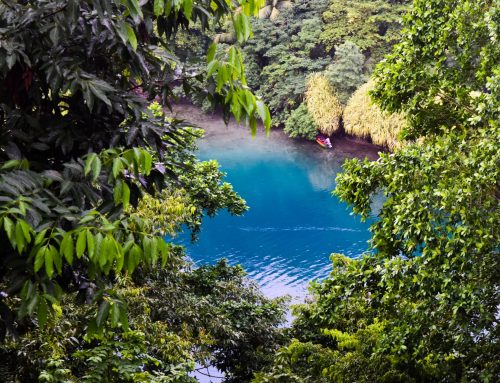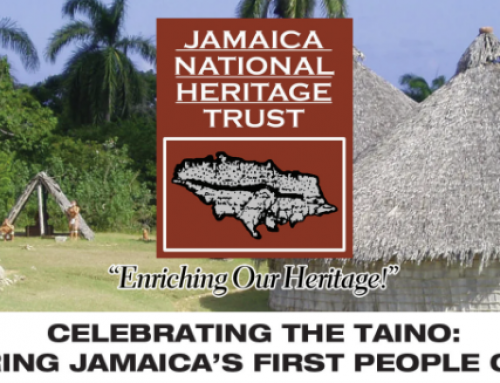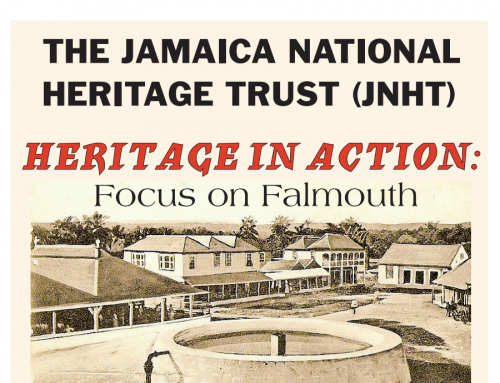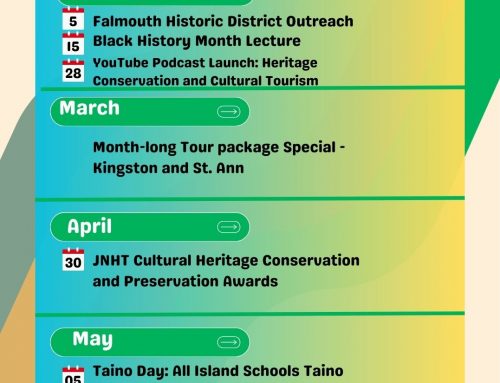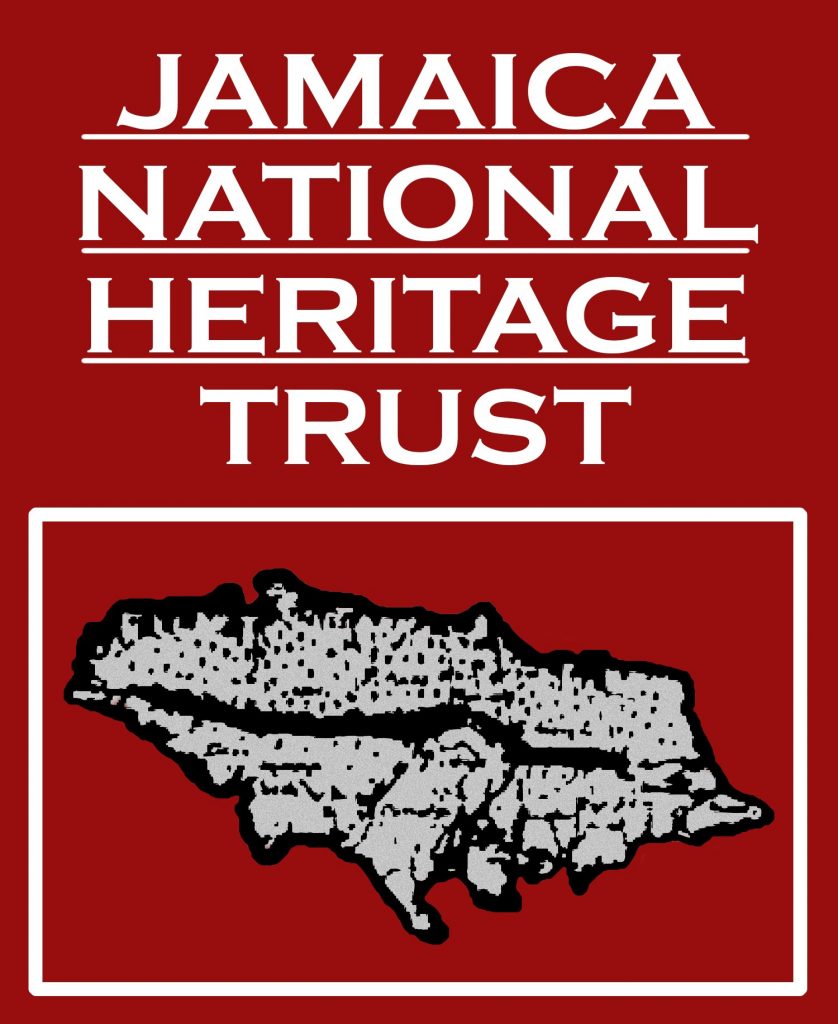
The developers of the historic Thetford Park Estate have officially received their honorary plaque which identifies the Thetford Greathouse as a National Monument. This prestigious honour highlights the estate’s profound significance within Jamaica’s cultural and historical narrative. The recognition marks a pivotal milestone, celebrated with a special ceremony that not only acknowledges the estate’s past but also sets the stage for its future.
A Storied Past
Located in Church Pen, St. Catherine, Thetford Park Estate, with its 75 acres of lush land, has a rich history dating back to the Taino in 650-1500 AD. Established as a plantation following British conquest from the Spanish, Thetford Park played a pivotal role in Jamaica’s agricultural development, reflecting the island’s colonial and post-colonial eras. Its historical importance is intertwined with the transformative period of emancipation and the subsequent evolution of Jamaican society.
Colonel Thomas Fuller was rewarded with Thetford property for his role in the 1655 capture of Jamaica by the English. He and his wife Catherine later donated 30 acres of the land from the estate for the construction of the St. Dorothy’s Church, also known as Tamarind Tree Church. The estate remained in the Fuller family for decades. Clyde Verley eventually acquired the property and changed its name to Thetford. Like many old properties, Thetford has encountered several changes. In the late nineteenth century, a new two-storey residence was constructed in the vicinity of where the original great house was situated
The Thetford Great House illuminates Jamaica’s rich social history. It has been occupied by some of the island’s leading families and revered for its architecture. Once a prosperous estate, Thetford is a reminder of Jamaica’s colonial past and the tensions of a plantation society. The Thetford Pen Greathouse retains eclectic elements of European architectural motifs and details of historic architectural styles, mostly derived from Georgian and Renaissance influences. Therefore, this property forms part of the national patrimony of Jamaica.
Archaeological Impact
Although there isn’t extensive documentation specifically linking Thetford Park Estate to the Taino, the land on which the estate sits, was originally inhabited by the Taino people. Archaeological evidence collected by Jamaica National Heritage Trust shows Taino earthenware sherds from the period 650-1500 AD. Further evidence of Taìno presence is the recovery of two West Indian Crown Conch shells. These are marine crustaceans which made up a considerable portion of the Taíno diet as evidenced by excavations at Taíno sites across the island. It should be noted that some cultural items made of perishable material for example, calabashes, baskets and clothing do not survive in humid conditions hence their absence from the archaeological record.
The estate’s history is more directly connected to the period of enslavement. This coincides with the fact that the bulk of the artefacts discovered were from the Spanish and British occupation of the site. Although Thetford Park was worked by enslaved Africans during the trans-Atlantic slave trade, very few artefacts from the enslaved were recovered.
The estate’s architecture and grounds have borne witness to numerous chapters in Jamaica’s history, making it a living testament to the experiences and stories of those who lived and worked there. It stands as a valuable repository of our shared past, offering unique insights into the country’s heritage.
A New Chapter Begins
As part of the ongoing preservation efforts, Brahma Construction Limited has proposed a housing development project for the Thetford Park property. This ambitious plan will include 433 residential lots, with the great house being retained and renovated to serve as a Country Club for the development. This careful integration of historical preservation with modern development ensures that the estate’s legacy will continue to be honoured and enjoyed by future generations.
The recent groundbreaking ceremony for the development, which included the handover of the National Monument plaque, symbolized the beginning of an exciting new chapter for Thetford Park. It reflects a commitment to preserving and celebrating the estate’s historical treasures while integrating them into contemporary use.
Commitment to Heritage
The dedication to preserving Thetford Park Estate underscores a broader commitment to maintaining our cultural and historical landmarks. This endeavour is not merely about constructing new physical structures but about nurturing a deeper understanding and appreciation of our heritage. The estate will continue to serve as a beacon of Jamaica’s rich history and cultural identity, reminding us of our past as we move towards the future.
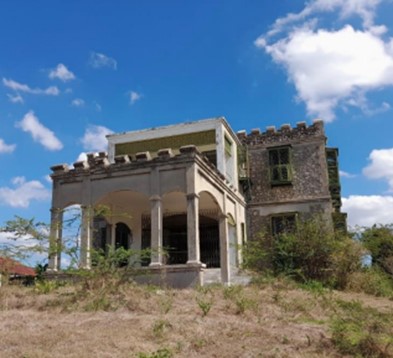
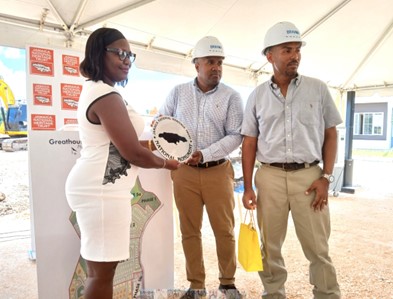
| Mrs. Lorna Bailey, Director of Public Education Public Relations and Communications at JNHT hands over the monument plaque for Thetford Park to Damion Tyrell (centre) and Andrew Grahame of Brahma Construction Ltd. |
________________________________ END____________________________________________________
For further information contact:
Tamika Clough | Public Relations and Marketing Officer
National Heritage Trust
Tamikaclough@jnht.com | 876-277-7310

